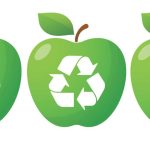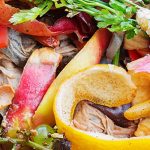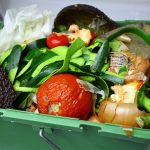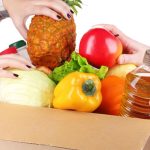Organic Waste-to-Compost Journey Provides Valuable Insights Across Multiple Markets
While grocery stores generate a lot of food waste (about 16 billion pounds per year), that doesn’t mean uneaten or spoiled organics should end up in the landfill. The composting cycle below closes the loop on organic waste by turning items like supermarket food scraps and local yard trimmings into rich compost soil for the farms and gardens that supply food stores. Compost helps grow healthy landscapes and edible crops – and when the waste from these activities is composted, the cycle begins again.
Whether you work in the food industry or not, discover the wonders and benefits that a waste process like this can have on your business!
Food and Yard Waste ➡️ Compost Soil ➡️ Farms and Gardens ➡️ Grocery Stores 🔄
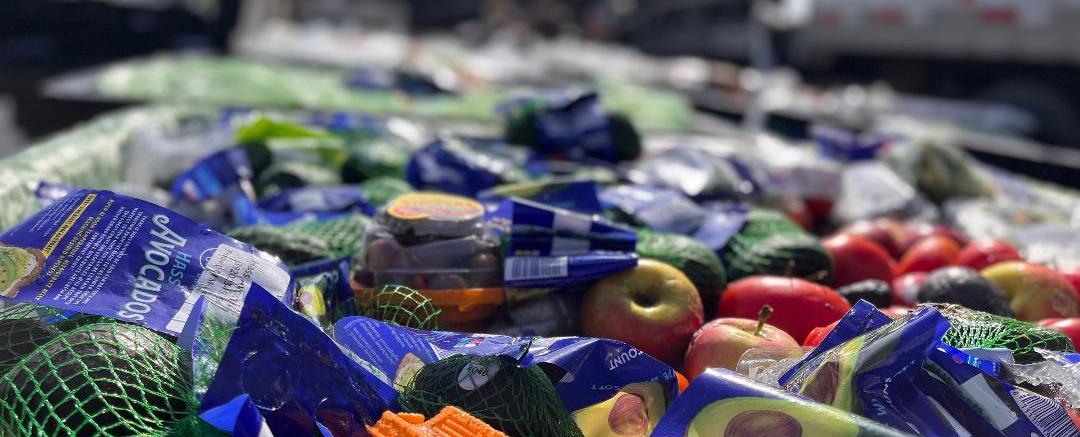
Organic material set to go through depackaging machine and turned into compost soil.
Phase 1: Collecting Organics
Organic waste is a valuable resource that can be collected. It can be used to restore nutrients and moisture to soils or produce renewable energy, helping to reduce methane emissions from landfills and lower your carbon footprint.
How is it collected?
You can partner with a waste handling company that will analyze your current waste streams. From there, you can determine what can be recycled to improve your bottom line and help you reach your sustainability goals. All in compliance with local, state and federal regulations, the material that can be collected for compost and transferred to a composting facility.
Note: Check with your waste provider to see if packaged organic material can be collected. Some facilities can separate plastics and paper for waste-to-energy facilities.
What can be collected for compost?
Green Material (Food Waste)
- Fruits and vegetables
- Meat and fish
- Eggshells
- Coffee grounds and filters
- Paper
Brown Material (Yard Waste)
- Yard trimmings and leaves
- Houseplants (including a store’s floral department)
- Grass clippings
- Hay and straw
- Sawdust and wood chips (floor sweepings)
What cannot be collected for compost?
- Glass
- Aluminum
- Steel and other metals
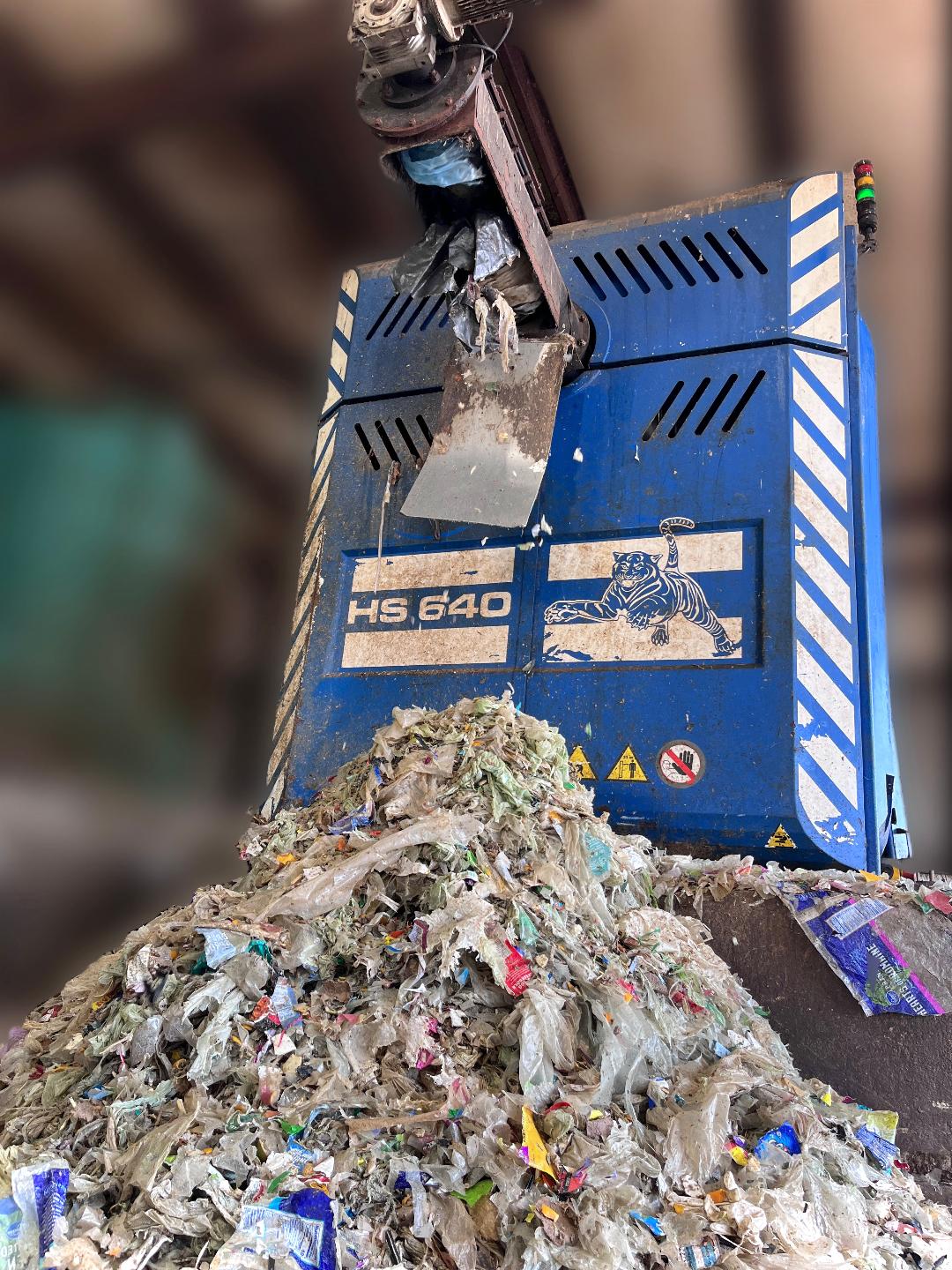
Plastic packaging from organic waste is separated through machine and sent to a waste-to-energy facility.
Phase 2: Making Compost
A common misconception is that organic matter can break down naturally in landfills and create good soil for that area. However, effective composting creates an ideal environment for the microorganisms to thrive, such as warm temperatures, nutrients, moisture and plenty of oxygen.
According to Missouri Organic Recycling, the compost-making process can play out similar to the following:
- Organics are delivered to the compost facility.
- Put through a depackager machine where food waste is separated from packaging waste.
- Food waste is turned into a liquid slurry that gets pumped into tanks and doused with yard waste.
- An operator adjusts the mix to have a roughly 60% moisture content (typically 30% green material and 70% brown material).
- Compost can be transferred in windrows (about 16 feet wide, 8 feet tall and 1000 feet long) and sits for about 45 days.
- Temperatures are checked weekly to see how well the mix is composting (about 155-165° degrees)
- Mix is turned one time to sit for another 16 days without being touched to drop moisture content to 50%, expelling CO 2.
- Moved to a stockpile for another 45-90 days.
- Screened for large wood pieces or plastics that may have made their way into the mix.
- Finally, sold back to urban farm markets and gardens.
Did you know? Compost recipes can be altered to serve specific farms and regions better. For example, a tomato farmer might blend more phosphorus in their soil mix, which helps it convert its nutrients into usable building blocks (nucleic acids and proteins). It can get highly scientific.
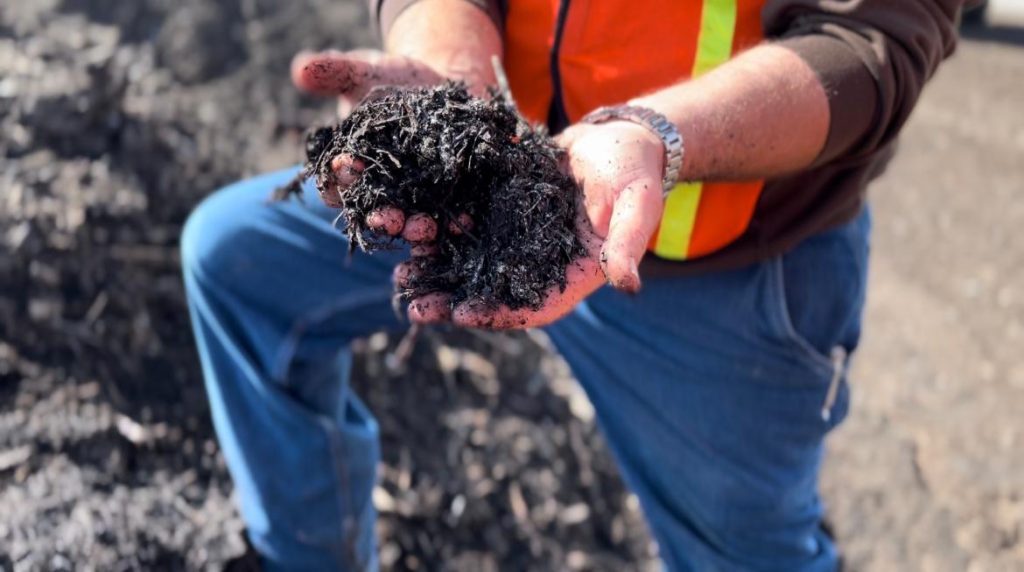
Compost soil made from organic waste is safe to the touch.
Phase 3: Using Compost
Once the compost is stabilized and matured, it can be used by farmers and gardeners to complete the circular motion. However, unfinished or immature material containing food scraps can attract pests and cause harm to your crops and plants.
According to Earth Easy, you can identify good compost by looking at the following characteristics:
- Texture: Crumbly and smooth, without any recognizable scraps.
- Color: Dark and rich.
- Smell: A pleasant, earthy smell. Any sour odors mean the compost didn’t mature.
- Temperature: Within 10° degrees of the temperature outside, especially in the middle of the pile.
From there, use the compost soil as mulch, potting soil, add it to the soil around trees, work it into crop beds, and/or distribute it across lawns.
Composting is not an exact science. It takes time and experience to find the best way to compost. But if you’re working with the right partners with results-proven processes, waste can be successfully diverted away from landfills and put to its next best use. Supermarket or not, learn more about your waste streams and how you can build a more efficient operation at your company.

